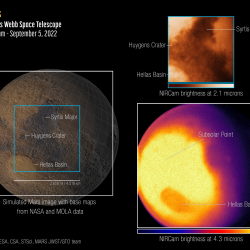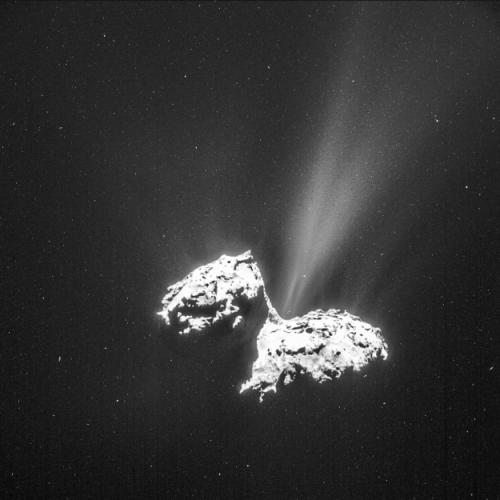Comets are very special phenomena in our Solar System. People have always been fascinated by their sudden and brief appearance in the dark sky, only to last for some weeks or months at the very most.
They are also a very peculiar spectacle. Although they often do not glitter spectacularly, they can have a long tail that lights up a large part of the sky, whenever they are observed from a dark place with few light pollution. The study of comets is of great interest to astronomers and geophysicists.
Comets eject dust and gas, forming the comet's dust and gas tail
As a comet approaches the Sun, the radiation evaporates the surface material, giving rise to a temporary, special atmosphere, which is called the coma. The comet ejects large amounts of dust and gas during this process.
- Dust tail:
Given the relatively small size of comets, they do not exert enough gravitational force to prevent the released gas and dust from escaping, and they develop a long dust tail in that way. - Gas tail (ion tail, plasma tail):
Because the released gases are rather rapidly ionized by the Sun’s ultraviolet radiation, they interact with the solar wind and the interplanetary magnetic field, converting the comet into “a laboratory of plasma physics”. This also gives rise to the comet’s plasma tail.
Comet nucleus informs us about Solar System history
The composition of the comet’s nucleus – allegedly the remnant of the original protoplanetary nebulae out of which the Solar System emerged – can inform us about the early history of the Sun and the planets.


